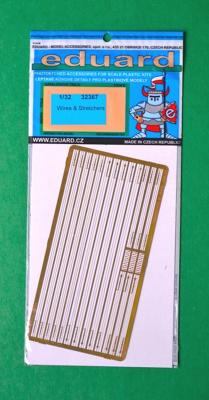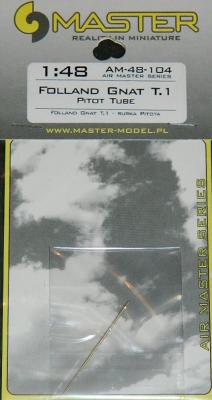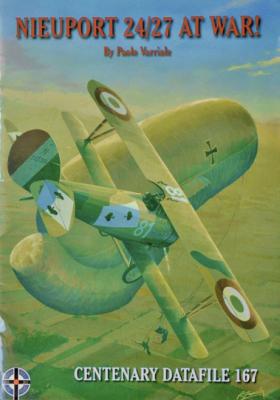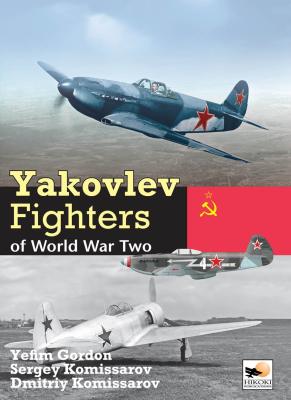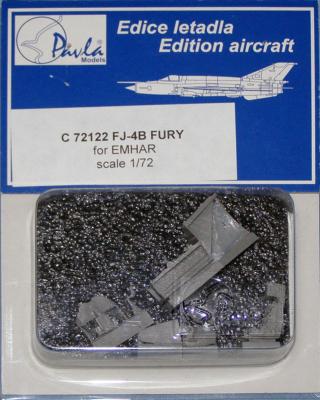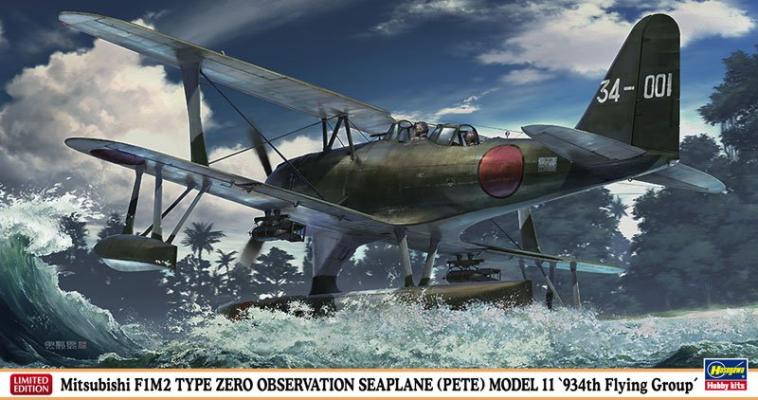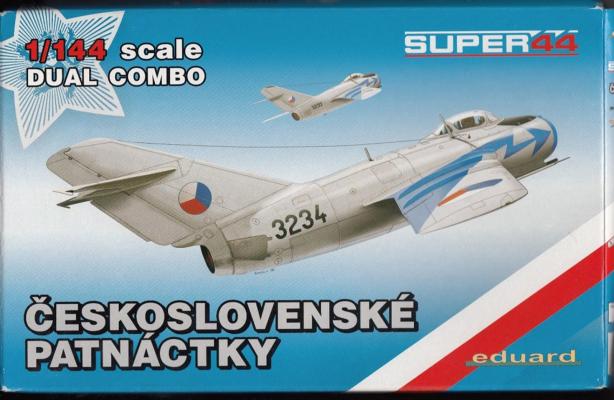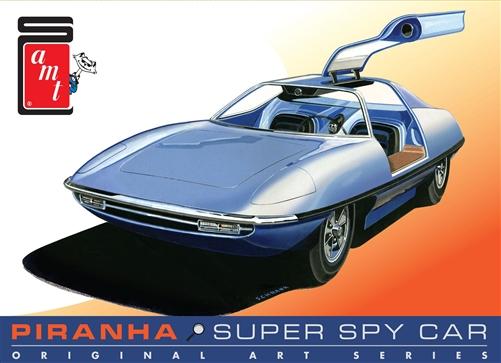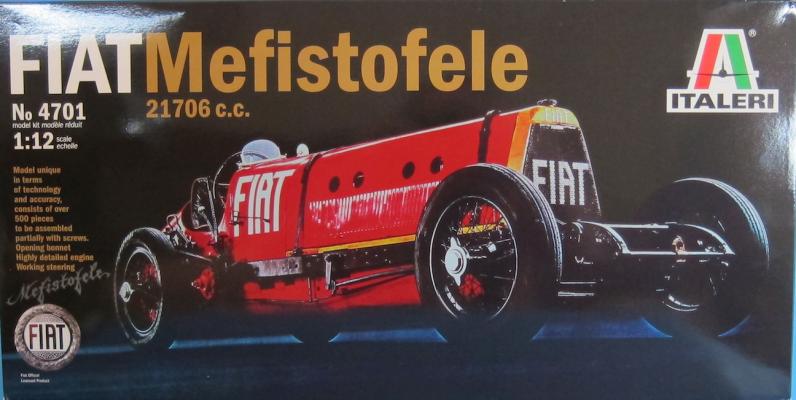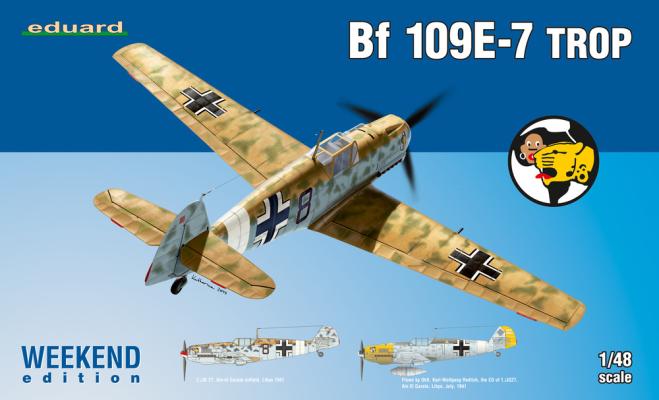With the ever growing number of 1/32 scale rigged aircraft kits on the market, Eduard now offers a generic photo-etched set of 1/32 scale flying wires and stretchers (AKA Turnbuckles). Metal flying wires are a logical and much desired aftermarket detail set for model builders wishing to accurately replicate the metal wires used on most Allied aircraft built after 1915/16. Unlike the majority of other p/e sets cataloged by Eduard, a specific aircraft type (or kit) is not specified. Instead, the fret includes 33 anchoring rings, wires of differing lengths with a stretcher near one end and others including stretchers with tabs that may be used as attachment points to fit a variety of aircraft (see the photo of the fret below). Model builders will need to determine if this set fits their needs. I say ‘fits’ because the wires themselves are provided in only two lengths…2 1/14” and 5 1/8”.
What's New
Thanks to Piotr at Master models for providing one more great pitot tube to improve our models, and thanks to IPMS Reviewer Corps leaders for sending this my way!
This pitot tube/air probe is a simple upgrade to Airfix’ most recent 1/48 Jet model, the Folland Gnat T1. Previously reviewed as a build kit, I figured it would only be a matter of time before Master released this for the Gnat…
On side-by-side comparison, it is evident Master Model’s pitot is an improvement on the kit item. Finesse, is, as usual, the key word to describe what Master model products provide over kit injection molded pitot tubes. There is just no way plastic, (or frankly resin replacements), can compete with metal. Cleanup of the plastic version’s injection port is “dicy” at best, particularly on the side of the tube… I rarely have success with this, so I have, in the past, opted for needles. Not optimal, but acceptable.
By 1916, the little Nieuport 11, also known to the French Militaire by its initials BB (which the French pronounced bébé), had succeeded in putting an end to the Fokker Scourge and therefore gaining the respect of ally and foe alike. A higher horsepower version, known as the Nieuport 17 followed and built on that legacy, becoming the preferred mount for many of the Allies’ first generation Aces. But subsequent efforts to continually improve upon Nieuport’s basic Vee-strutter design fell short of expectations with the introduction of the 24, 24bis and later the 27. Failing to match the performance of a new generation of fighters, these Nieuport designs generated little enthusiasm among French pilots who instead looked forward to flying the much-desired new SPAD. Unfortunately, SPAD production could not match demand and there was a war to fight so the new Nieuport fighters began arriving at the front in early 1917.
This book is the comprehensive history of the fighters produced by the Yakolev Design Bureau during World War Two. The Yak-1 first flew in 1940 under the designation I-26, changing to the now familiar Yak-1 when production began at the end of that year. The authors trace the development of these designs and offer the reader a comprehensive history from drawing board to final use. Ever wonder why the Yak-3 was actually produced after the Yak-9? It is all here.
The book is divided into 9 chapters. Chapter one is comprised of 58 pages and deals with the design, development and use of the Yak1. This begins with the I-26 initial variant and the loss and death of Yakolev’s chief test pilot Yulian Piontkovsky. Each variant and weapons system is covered.
Chapter two covers the I-28, I-30 and heavy fighter projects. These 14 pages deal with some prototypes and dead-end Yakolev developments
The Navy FJ-4 was, to many people, the culmination of the basic North American Sabre Jet. This final naval variant featured a more powerful engine which required a larger intake, a shorter, deeper fuselage, a larger tail, larger wing area and a longer nose gear. Its front line service was short, however. Although the FJ-4B was loved by its pilots, by the late ‘50’s the Fury was being phased out by newer, less expensive fighter and attack aircraft. They referred to it as the “Cadillac”, while its counterpart and eventual replacement, the A4D, was referred to as the “Tinkertoy”.
Emhar issued the FJ-4B in 1/72nd scale in 1990 and is a great kit. There are really only two shortfalls of the kit; the first being a rather basic cockpit and the second being a crude, short exhaust/jet pipe. Pavla has recently released resin detail parts for the cockpit and the exhaust.
History Brief
Code named ‘Pete’ by the Allied Forces the Mitsubishi F1M2 Type 0 Observation Seaplane Model 11 was originally built as a catapult-launched reconnaissance seaplane. In essence, the Pete was a two man crew, single-engine biplane with a main central float and two auxiliary outrigger floats.
Eduard has come out with two double kits of the MiG-15. This one is the Czechoslovakian MiGs. There are two differences between the kits. First is markings. This one is for Eduard’s “home team”, with 7 different Czech MiGs. The second difference is that one of the MiGs in this kit has three guns in the nose instead of two. This is the build with three guns.
Since this is a double kit, you get two of everything. I used the other kit to do the Eduard PE upgrade. I was also gratified to see that there are two slightly different sets of main wheels per kit. There’s also the usual canopy mask and wheel masks, which are top quality.
In the early 1960’s, plastics were the wave of the future. The Marbon Chemical Company believed that plastic could be used for the structural parts of automobiles, and to demonstrate this they decided to build an entire car out of ABS plastic. The folks at AMT were so taken by this concept that they not only released kits of the car, but also committed to build a quantity of the full-scale vehicles. The most famous of these was used on the TV show “The Man from U.N.C.L.E.”, where it served as the car driven by the main character and his sidekick, a pair of international spies.
The full-size cars never caught on, but the kits were popular, and Round 2 has recently re-released them. The first one out is the “Original Art Series” version of the “Man from U.N.C.L.E.” car, with original box art and a booklet full of color photos of the original vehicles, including the recently restored car from the TV series.
The one-off racing car “Eldridge", derived from the old Fiat SB4 chassis, became known as Mephistofele for the infernal noise emitted by its powerful aircraft 6-cylinder in-line engine, giving a capacity over 20,000 cm3, not attenuated by exhaust mufflers kept “free” to provide the most significant performance. On 12th July 1924 in Arpajon, the Mefistofele was able to reach, driven by its pilot and designer Ernest Eldrige, the amazing speed, for the time, of 146.01 miles per hour (over 230 Km/h) and broke the World Land Speed Record achieving an impressive result. The Mefistofele, was characterized by the high back bodywork able to contain the powerful Fiat A-12 liquid-cooled engine and for its structure especially made to achieve the speed record.
Eduard continues to expand its Bf 109E line, this time with a Weekend Edition of their E-7/Trop. The kit comes in 5 sprues (one clear), a “superfabric” seatbelt and two marking options. Recently Eduard has started to offer two markings options in their Weekend editions and I appreciate that.
Construction starts, as usual, with the cockpit. A simple affair to assemble it delivers a realistic representation of the “front office” of the 109 E-7. Decals are provided for the instrument panel or you can paint and drybrush it. Please note that I built this model using a photoetch fret (reviewed elsewhere in the IPMS/USA website), so the seatbelt shown in the image does not represent the “superfabric” one.

